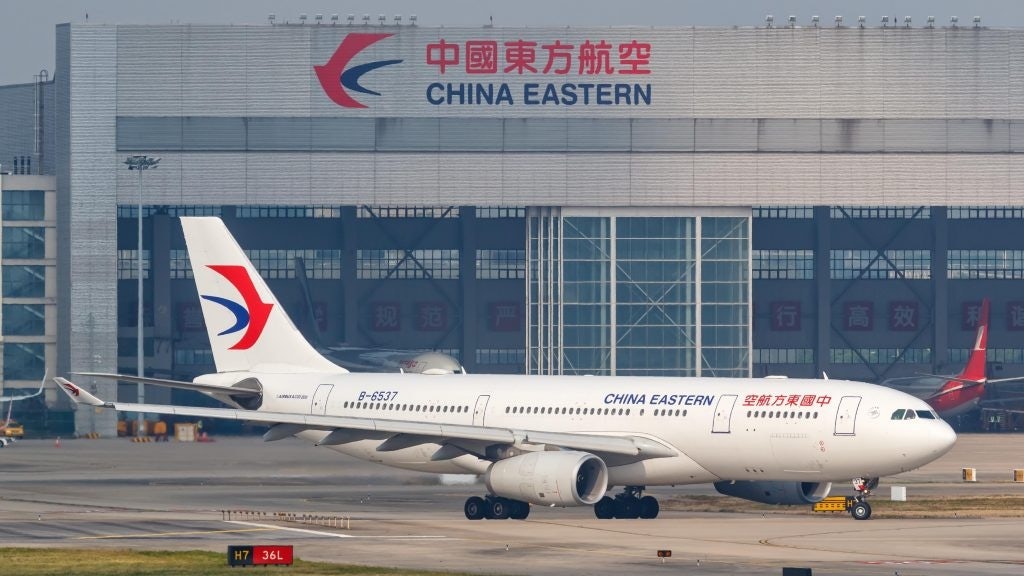China this week hosted two of its biggest tourism industry events since the nation’s reopening earlier this year.
The ITB China travel trade show took place in Shanghai from September 12 to today, and the country’s largest online travel agency, Trip.com Group, hosted its Envision 2023 Global conference in the same city on Monday this week, where experts spoke on the travel industry’s prospects this year, and the company revealed its revenue had increased 180 percent year on year in 2Q 2023.
CEO of Trip.com Group’s flight business group Tan Yudong spoke to Jing Daily about the Chinese and global travel industry’s rebound since Covid-19, as well as China’s rising demand for flights and visas, and consumer tourism trends.
“During the first half of this year, the travel industry rebounded quite well in China,” says Tan. For example, flight capacity has exceeded 2019’s levels by 12 percent, he adds.
“Customer search volume for tickets is 20 percent higher than the same period [in 2019],” he explains. “We believe this trend will continue.”
Though China is processing a backlog of visa applications – the nation’s outbound visa application platforms are grappling with a large number of residents seeking to visit international destinations such as the US, Germany and other places — Trip.com Group is optimistic that regular travel would resume by mid-2024.
“Destinations like Southeast Asia, Japan, and South Korea are still the top choices for Chinese travelers,” Tan says.

China lifted its outbound group travel ban, enacted in 2020 amid the pandemic, on Japan, South Korea, Australia and the US in August this year. Before the pandemic, outbound Chinese group tours had contributed to 60 percent of the 255 billion generated by Chinese tourism in 2019.
Tan says younger generations are increasingly seeking unique destinations and experiences, whether domestically or abroad.
This is all good news, following a newly launched report by the World Travel and Tourism Council in collaboration with the Bicester Collection and the Hong Kong Polytechnic University revealing mainland Chinese tourists spent the most on shopping compared to other nationalities, at 1,350 per person on average.
Duty-free sales will see a significant portion of this spend. According to Euromonitor International, APAC duty-free sales are projected to hit 81 billion by 2027 with much of this coming from Chinese shoppers - an amount that represents nearly half of the projected global duty-free market value by 2027.
“Younger generations are not as frugal as previous generations,” he says. “They would like to experience more luxurious products, like business class flights or five-star hotels … The top global destinations like Bali and Tokyo will still be very popular [as Chinese global travel rebounds], but more and more young people are looking for something different.”
“The young generation wants to visit lesser-known destinations,” he adds, citing the example of a group of young hikers he knows, who went for a multi-day expedition in the mountains of Xinjiang province.
Once the backlog of travel visas is resolved, Tan says, demand for outbound travel will surge.


